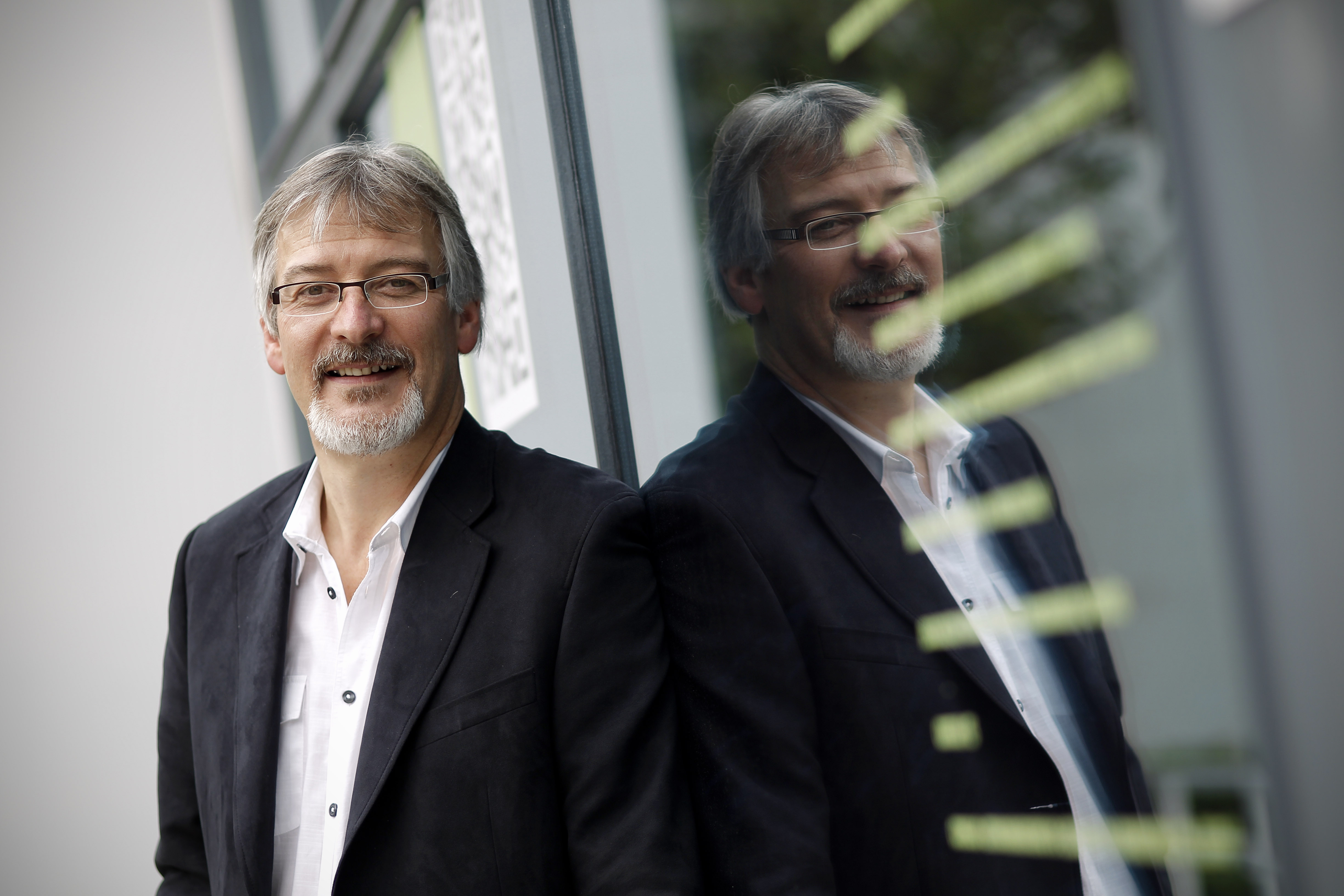
“GMOs, everything explained
Genetically Modified Organisms (GMOs) have been much in the news since their introduction into the agri-food sector. But GMOs have multiple fields of application, and therefore multiple facets. So don’t get everything mixed up. In basic research or medicine, they are used to study gene functions or produce proteins of pharmaceutical interest. In the first case, the GMO is a “biological test-tube” at the service of the researcher; in the second, it’s a protein-drug factory. In the agri-food sector, on the other hand, the situation is totally different. Firstly, these are GMOs intended for open-air dissemination rather than confined use. Secondly, in the agri-food sector, GMOs are no longer used as tools, but as organisms in their own right, which raises health, environmental and ethical issues that do not arise (or at least not in the same way) with “tool GMOs” used in confined spaces. In particular, the fact that these genetically modified plants (GMPs) are used as an end in themselves raises the need to perfectly control the impact of genetic modifications, both on the whole organism and its fate in the food chain, and on its interactions with the environment. What exactly is the situation?
Contrary to what is often claimed, GM technology is in no way a surgical method, and is on the contrary a totally random technique. When a genetic modification is introduced into an organism, and into plants in particular, it generates totally uncontrollable disturbances in the plant’s metabolism, and equally unpredictable repercussions in the food chain. The health risks of GMO technology derive in particular from the lack of control over these parameters, which is why it is inconceivable that GMO agri-foodstuffs should escape rigorous and prolonged health and environmental assessment, all the more so as 99% of GM plants cultivated on the surface of the planet are pesticide plants, i.e. plants that accumulate pesticides in their tissues. These are either plants that themselves produce the insecticide they need to combat an insect pest (such as bt corn), or plants capable of absorbing a herbicide without dying (such as Roundup soybeans), or plants that combine both properties. These pesticides thus find their way directly into the food chain, in small but recurring doses. Yet all the toxicity tests carried out as part of official assessments are carried out over dangerously short periods, making it impossible to assess possible chronic effects. What’s more, they are carried out by the companies themselves in the name of industrial protection, and the raw data are therefore not accessible to the entire scientific community and civil society to enable independent counter-expertise.
With regard to the interaction of GMPs with their environment, there are of course the general problems of genetic contamination (pollution), i.e. the risk that genetic modifications voluntarily introduced into one plant may unintentionally find their way into another or into another organism, whether by pollination (vertical contamination) or by direct transfer of genetic material, notably between the plant and soil micro-organisms (horizontal contamination). Added to these problems of genetic pollution are, of course, the risks of dissemination due to the uncontrollable flow of seeds (transported in particular by birds and other animals) and regrowth, not to mention the difficulties of cleaning farm equipment and human error. In addition to the uncontrollable effects on the environment, all these factors mean that we will never be able to guarantee a perfect seal between agricultural sectors. Coexistence between these sectors therefore raises the fundamental question of the future of conventional and label crops. As far as non-pesticidal GMPs are concerned (less than 1%), these are essentially plants that have been made resistant to viruses – as has been done with grapevines to make them resistant to Dutch disease. These plants represent a considerable environmental risk in that they are veritable reservoirs for recombinant viruses.
In his lecture, Christian Vélot will develop and clarify all these aspects, so that the question of the possible social utility of agri-food GMOs and potential alternatives can be discussed in the light of the environmental, health and agricultural risks they entail.
